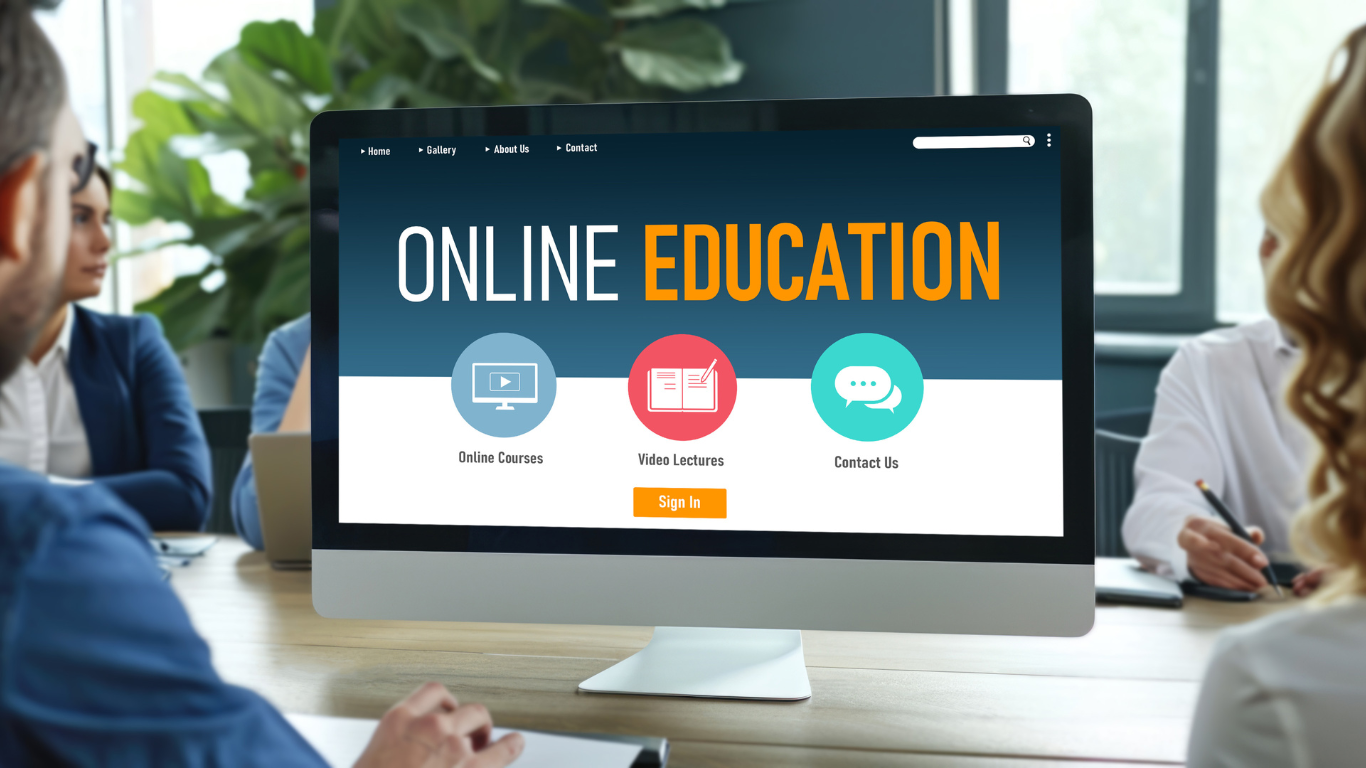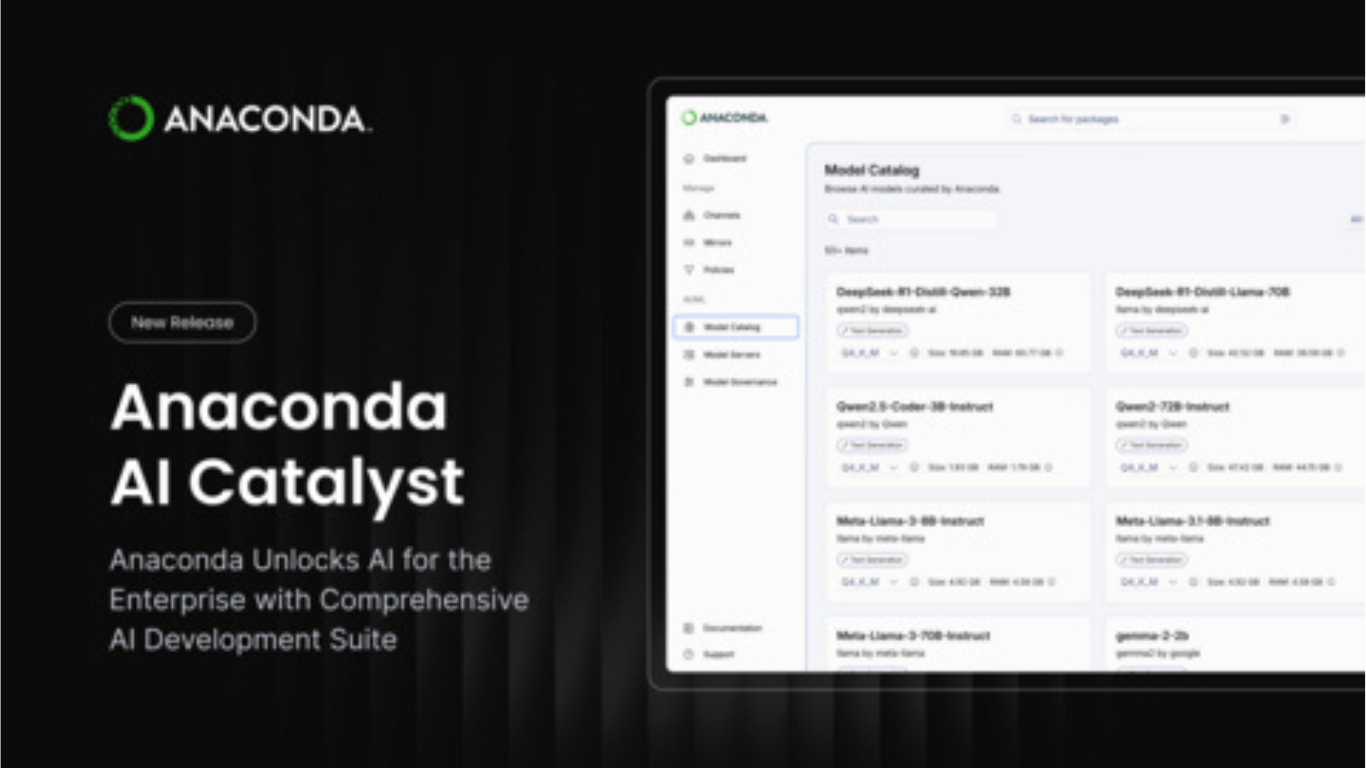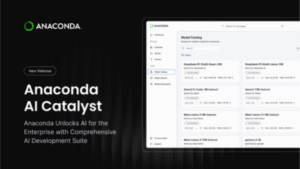Nonprofits teaching online often struggle with tight budgets. This means they can’t always get the important software or programs they need to help their students. Need to get your whole team or community learning new things? A Learning Management System (LMS) gives organizations a solid way to make that happen. The good news is that lots of free LMS are available. Nonprofits can use them to hit their teaching targets without spending a dime.
Understanding LMS
Imagine having a software tool that helps you put together lessons, send them out to learners, easily follow their progress, and simplify training. You open learning for all and track their results. A free LMS for nonprofits can offer a structured way to educate volunteers, staff, and beneficiaries. You can improve their skills and knowledge while working toward meeting organizational goals.
Benefits of Free LMS
Free LMS platforms provide several advantages. You’ll see immediate savings, which means your organization can direct those funds straight to where they matter most. Forget complicated instructions! These systems are built with simple screens and buttons, so anyone—no tech background needed—can jump right in and get started. Organizations can also customize the content to make sure it fits their needs. This keeps learning relevant and engaging.
Key Features to Consider
When selecting an LMS, certain features are crucial. Usability is paramount; the platform should be intuitive for administrators and learners alike. Scalability is also important. A system should grow with the organization and accommodate an increasing number of users and courses without compromising on quality. Integration capabilities can enhance functionality, allowing for seamless connections with other tools.
Types of Free LMS
Nonprofits can choose from several types of free LMS options. Each offers unique features suited to different needs. An open-source model allows for extensive customization, while a cloud-based option offers ease of access from various devices, like a desktop or mobile phone. An LMS platform with built-in social learning tools can promote interaction among users. Assessing these options and comparing them to the needs of your organization can help you make an informed decision.
Implementing an LMS
Introducing an LMS to a nonprofit requires careful planning. Initially, it’s essential to identify the primary objectives and audience. When your message is clear, it directly supports what the organization wants to achieve. Staff and volunteers must learn the platform well. Learning resources and tools make any change simple, while feedback can also help you make changes to make sure the system performs at its best.
Maximizing Engagement
When you engage, you absorb information much better. Content encouraging interaction truly engages an audience and improves retention. Lessons click when you add videos, quizzes, and discussions. Whether it’s a group assignment or checking a friend’s paper, team efforts make learning better and make ideas stick. Acknowledging a student’s successful completion with a certificate or badge can provide the impetus necessary to finalize their educational commitments and cultivate more skills.
Measuring Success
Evaluating the impact of an LMS is necessary to ensure it meets the organization’s objectives. Watching who joins, who finishes, and if people are happy shows how well a system performs. Periodically reviewing our efforts brings to light opportunities for growth. This process then informs and directs the conceptualization of subsequent learning material. When nonprofits track how well their programs work, they can step up their teaching.
Challenges and Solutions
While a free LMS offers numerous benefits, it can also present some challenges. Limited technical support can be a concern. However, many platforms have active online communities where users share solutions and advice. Occasionally, features may be restricted in free versions. When you’re choosing, focus on the essential features. Upgrading your most important tools can really pay off.
Conclusion
Nonprofits can leverage a free LMS to effectively deliver educational content. If you select the right platform, plan its implementation, and focus on engagement, you can maximize the impact of your learning programs. Though challenges may exist, creative solutions and community support can help you overcome them. These resources can help your team become more informed and confident.






























